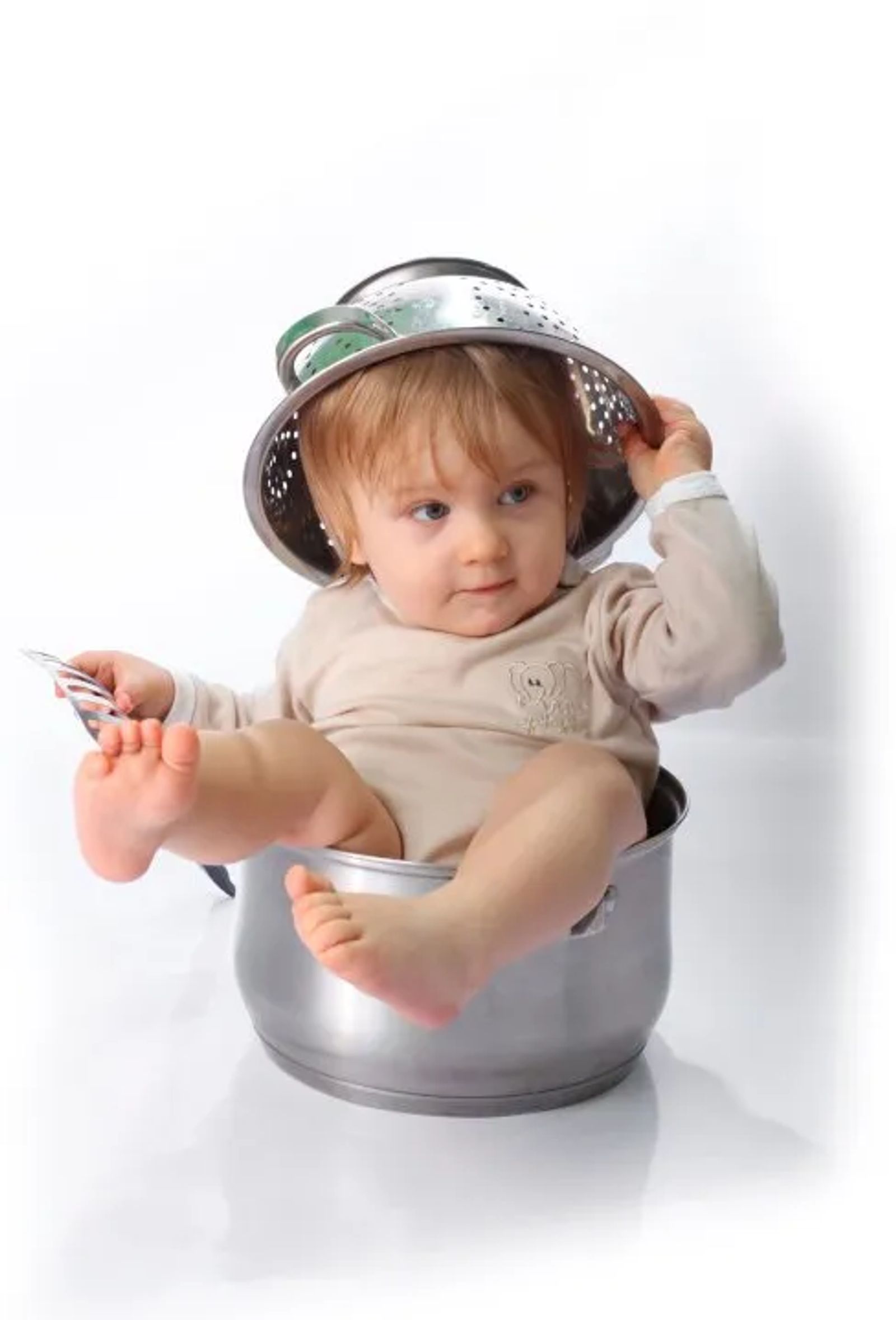Education Through Movement
I Gotta Move!
Any parent can tell you, dining out with a toddler is no easy task. It isn’t because the toddler in question is necessarily doing anything wrong; it’s just that children naturally want to move. Over the Christmas holiday, I had the pleasure of seeing my two little nieces, ages one and three. Both girls are absolute darlings and usually well behaved. When our families decided to dine out, the girls were amazingly quiet and non-disruptive in the restaurant. But I couldn’t help noticing what it cost their exhausted parents.
May I pleeease be excused?
I remember those days myself; after all, my kids are only ten and twelve years old. As I recall, the goal is just to get through the meal without bothering the other diners around you, or making a colossal mess. You know perfectly well how difficult it is for your little one to keep still, and yet everyone expects that you, the parents, will keep a lid on any unruliness at the table. By “unruly,” most people mean a wiggly, squirmy, disruptive child. Trying to immobilize a toddler is an uphill battle at best. Maria Montessori observed that children naturally seek activity as a way of learning to use and coordinate movement. In other words, children must move in order to master movement. According to Montessori, the antidote to irrepressible movement is education.
The education of the movements is very complex, as it must correspond to all the coordinated movements which the child has to establish in his physiological organism. The child, if left without guidance, is disorderly in his movement, and these disorderly movements are the special characteristic of the little child. In fact, he ‘never keeps still,’ and ‘touches everything.’ This is what forms the child's so-called "unruliness" and ‘naughtiness.’ The adult would deal with him by checking these movements, with the monotonous and useless repetition of ‘keep still.’ As a matter of fact, in these movements the little one is seeking the very exercise which will organize and coordinate the movements useful to man. We must, therefore, desist from the useless attempt to reduce the child to a state of immobility. We should rather give ‘order’ to his movement, leading them to those actions towards which his efforts are actually tending.” ~Maria Montessori, Dr. Montessori’s Own Handbook
As the child learns movement, he develops not only muscular control (or motor control) but also experiences neuromuscular expansion. The goal of educating the child in movement is to guide them toward those activities that help organize and coordinate movement. When a child has direction, her movements become focused and, as Montessori described, she “grows quiet and contented, and becomes an active worker, a being calm and full of joy.” This has been observed again and again in Montessori classrooms all over the world. On the other hand, if the child tries to suppress her natural impulses, her excess energy will begin to build up. It’s like trying to hold a lid down on a pot of boiling water: eventually she’s gonna blow!

Use It or Lose It
Montessori developed a method of education that not only acknowledges the child’s need for movement, but also actually uses it to fuel academic learning. If you have ever witnessed the harmony of a Montessori classroom, you know firsthand that it is possible to achieve calm, peaceful environments through allowing movement. Paradoxically, traditional classrooms that require children to stay seated have more issues with unruly, disruptive behavior. Admittedly, this information may not initially apply to the struggling parent in a restaurant, at least not in the short term. But, know that Montessori tells us that the education of movement is a founding factor in the development of discipline. Discipline will ultimately reach out into every aspect of the child’s life…and their parents’ lives. If you would like to learn more about the benefits of parenting with the Montessori Method, visit us at Age of Montessori. We hope to hear from you soon!






















